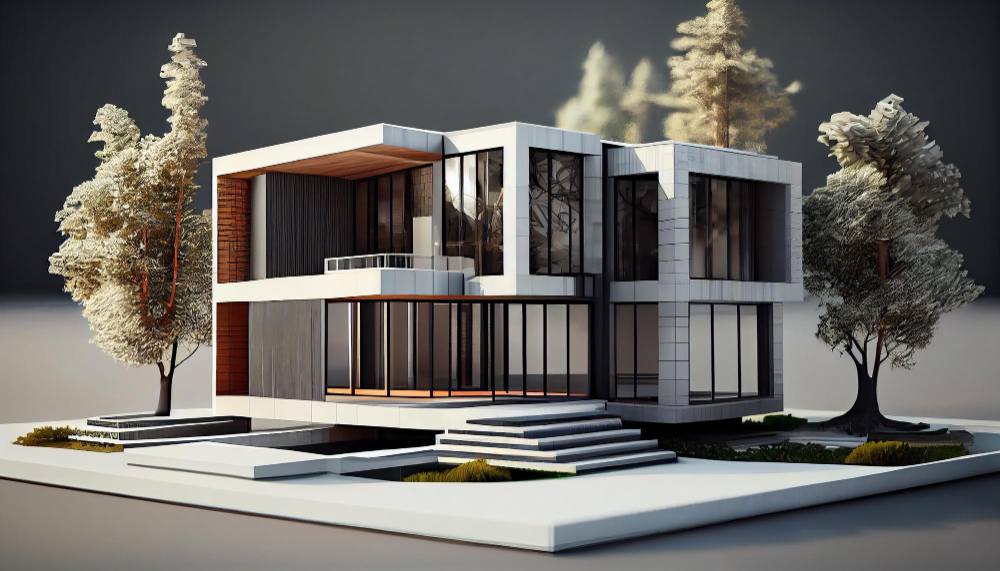
The Interplay of Architecture and Design: Shaping Spaces, Elevating Experiences
Architecture: The Foundation of Functional Beauty
Architecture is the art and science of designing and constructing buildings, structures, and spaces that serve both practical and aesthetic purposes. It is a multifaceted discipline that encompasses an intricate balance of engineering, creativity, and cultural expression.
At its core, architecture is about creating functional and visually appealing environments that cater to the needs and aspirations of the people who inhabit them. From the grandeur of towering skyscrapers to the intimate charm of cozy cottages, each architectural creation is a unique manifestation of the architect’s vision, blending structural integrity, spatial organization, and artistic flair.
The role of architecture extends far beyond mere construction; it is a powerful tool for shaping the built environment and influencing the way people interact with their surroundings. Architects must consider a myriad of factors, such as site location, environmental impact, accessibility, and the integration of various building systems, to produce structures that not only serve their intended purpose but also elevate the human experience.
Design: Enhancing the Architectural Canvas
While architecture provides the foundational framework, design is the element that brings these structures to life, infusing them with personality, functionality, and visual appeal. Design, in the context of the built environment, encompasses the thoughtful selection and arrangement of various elements, from interior furnishings and finishes to lighting, signage, and landscaping.
Designers work in tandem with architects to ensure that the spaces created are not only aesthetically pleasing but also highly functional and tailored to the needs of the occupants. They meticulously consider factors such as color, texture, proportion, and flow, crafting cohesive and harmonious environments that cater to the senses and evoke specific emotional responses.
In the realm of commercial and public spaces, design plays a critical role in shaping the user experience. Retail stores, offices, and public facilities are carefully designed to guide visitors, enhance productivity, and create a lasting impression. Designers leverage their understanding of human behavior, psychology, and trends to create spaces that are both visually appealing and functionally efficient.
If you want more informations about Architecture and design in Ceglie Messapica, you should go and visit Apuli Architecture‘s web site.



